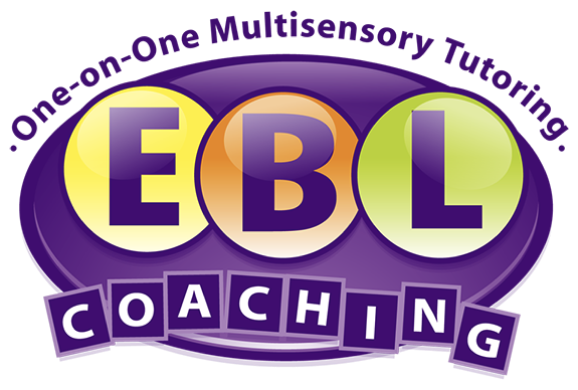
Help Your Child With Dysgraphia Build Stronger Writing Skills

As your child moves through school, the writing demands will increase rapidly. She’ll move from learning to scribble circles and lines to writing letters, numbers, and words, and before you know it, she’ll be asked to write multi-page essays and research papers. Some kids can easily rise to these challenges but for other students, especially those with dysgraphia, these increasing demands can feel completely insurmountable. Help your child with dysgraphia build stronger writing skills with the ideas detailed below.
Use Tactile Tools
Students with dysgraphia benefit from a multisensory approach to learning to write, including touching and feeling letters when forming them. When working on basic letter writing skills with your child, teach him the language for forming each letter (i.e. “down, up, and around” for p or “around, down, and across” for f), then have him practice writing each letter using tactile tools. For instance, pour some sugar or flour on a cookie tray and have him draw the letter with his finger, always saying its formation aloud as he writes it. He can also trace letters in sand at the beach, in dirt at the park (yes, it can be messy!), or on a plate filled with shaving cream at home. Have him practice these letter formations multiple times using these various multisensory tools before having him write them using pencil and paper.
Use Gross Motor Muscles
When learning to write, students with dysgraphia benefit from using their gross motor muscles rather than focusing exclusively on fine motor muscles–helping new information stick in their long-term memories. While working on letters and numbers with your young child, have her stand up and trace each letter or number in the sky using large motions with her entire arm. For instance, she might stand up when learning to write the number 1 and, using her entire arm, trace in the sky, “I go write down to reach the ground” as she forms the number 1 (using fun poems for number formations helps too!). Have her try this gross motor work with each letter or number and she will soon write them using correct top-to-bottom formations.
Use Clay or Dough
Try using clay as another multisensory tool for helping your child build his writing skills. For instance, have him create the letter A by rolling out two long thin strands and one short strand, then putting them together to correctly form the letter. He can do the same exercise for numbers, then down the road create short decodable words with clay (at, in, mop), sight words (the, for, she), or even basic math problems, like 2+2=4. Wikki Sticks also work well for these exercises, along with pizza dough or any type of modeling clay.
Use Cursive
While many schools and districts are starting to do away with cursive, this style of writing offers many benefits to students with dysgraphia. First, when writing in cursive, students lift their pencils only between words (not between letters), requiring less fine motor activity. Also, many kids with dysgraphia have trouble spacing words on a page when using print. With cursive, however, spacing between words tends to be less of an issue, as students naturally feel the movement of lifting their pencils between words. Cursive also tends to minimize reversals when writing, since cursive letters typically have unique formations unlike print; with print, for instance, b’s and d’s look very similar to one another and create challenges for students with dysgraphia.
Use Technology
While technology should not necessarily take the place of learning to hand write, it offers many benefits to students with dysgraphia. Some students who have great ideas may struggle so much with the physical act of writing that they tend to avoid it entirely and struggle to express even a few words or sentences on paper. In such cases, learning to type on a keyboard can ease the physical challenges of writing and allow your child to express her thoughts much more effectively. Likewise, multiple speech-to-text tools now exist to help your child with written language, like Dragon Speak and Sound Notes, where she dictates her ideas and the tech tool writes them for her.
The increasing writing demands of school can be challenging for most students. Children with dysgraphia in particular often show significant challenges with this skill. Help your child express his thoughts more effectively when writing with these ideas and he will be well on his way to success at school.
